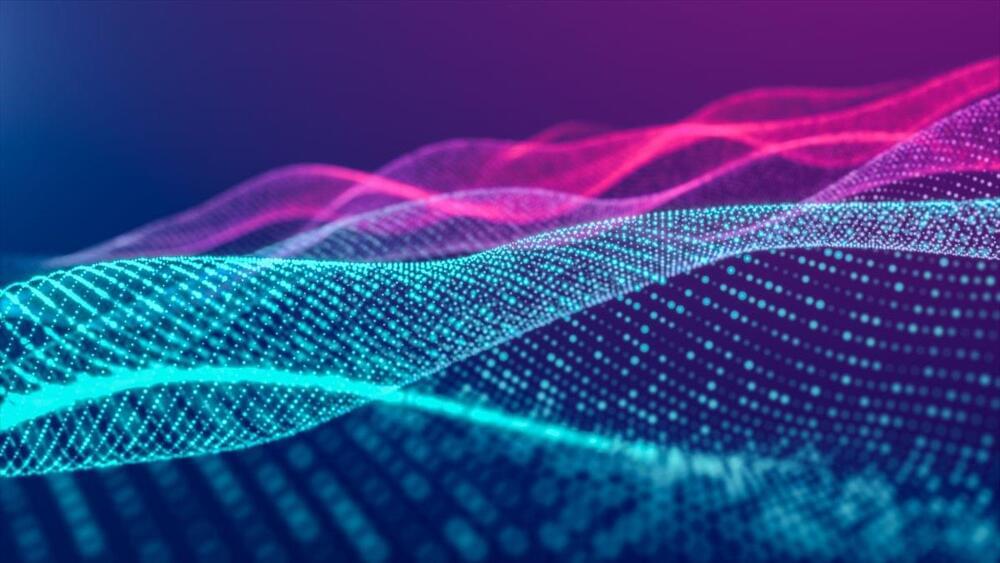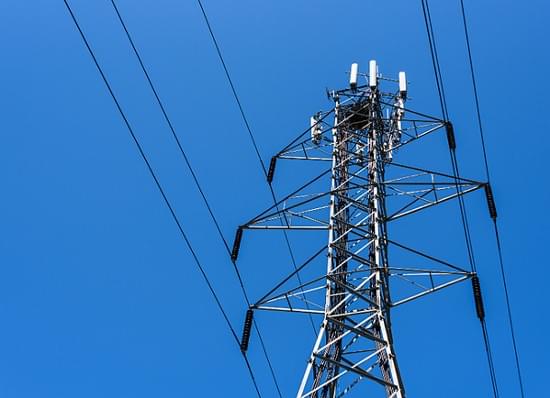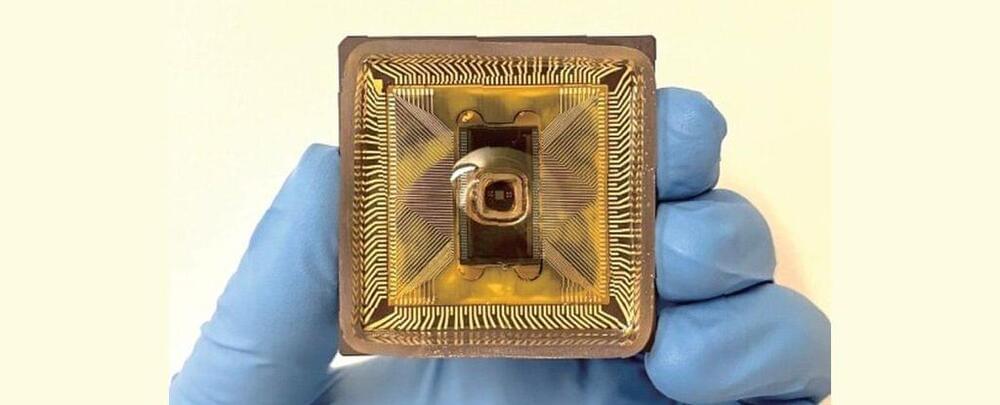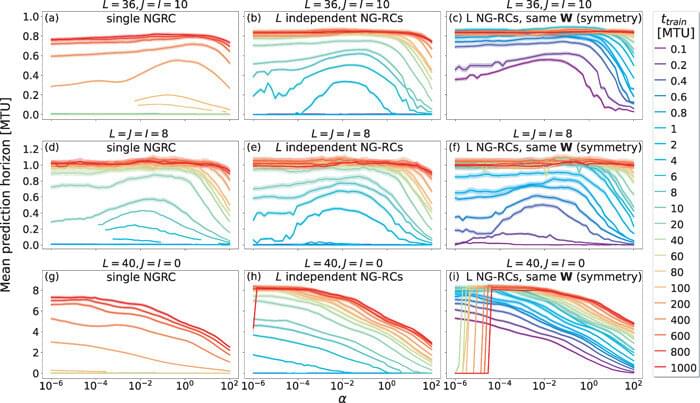Were you unable to attend Transform 2022? Check out all of the summit sessions in our on-demand library now! Watch here.
Over the last 10 years, neural networks have taken a giant leap from recognizing simple visual objects to creating coherent texts and photorealistic 3D renders. As computer graphics get more sophisticated, neural networks help automate a significant part of the workflow. The market demands new, efficient solutions for creating 3D images to fill the hyper-realistic space of the metaverse.
But what technologies will we use to construct this space, and will artificial intelligence help us?








